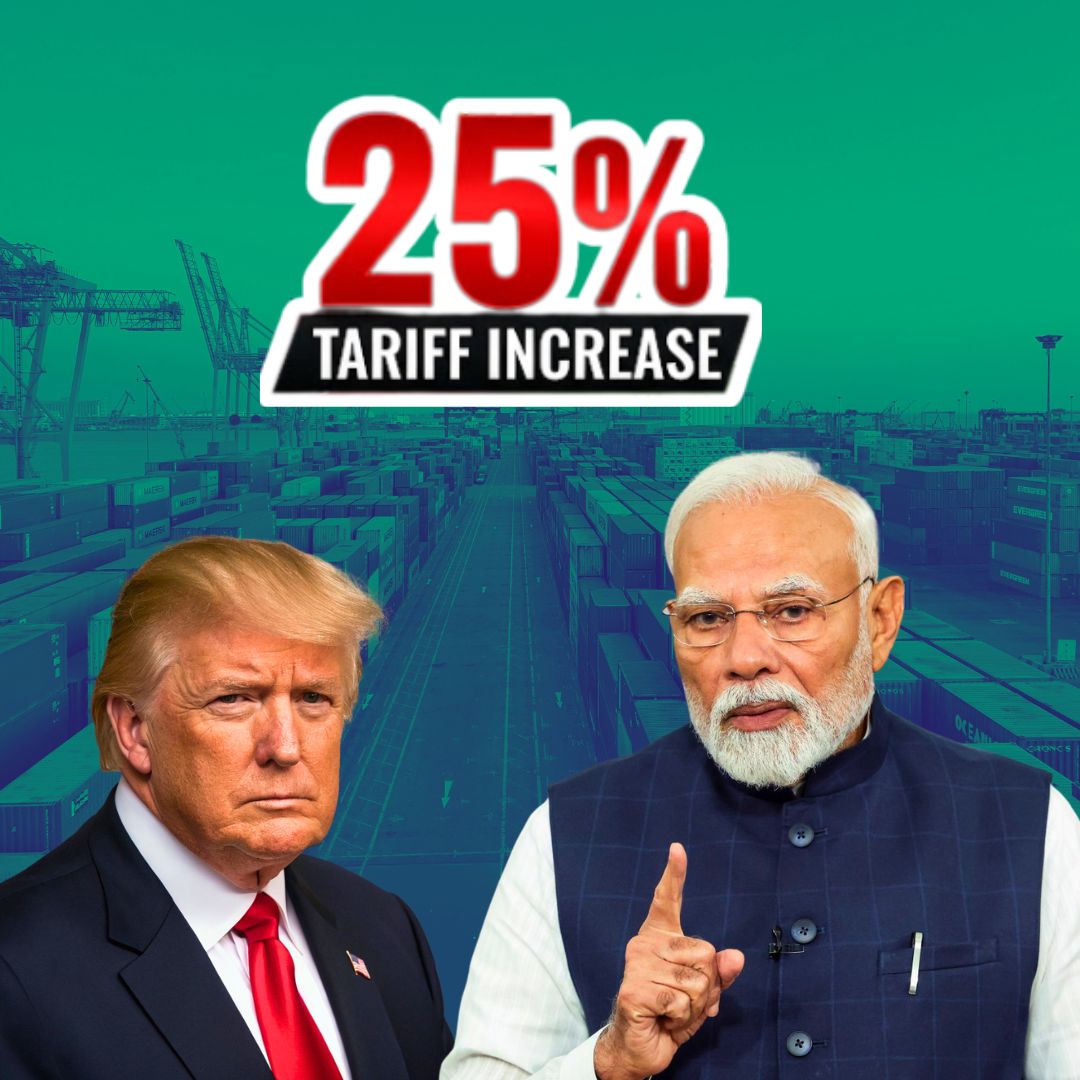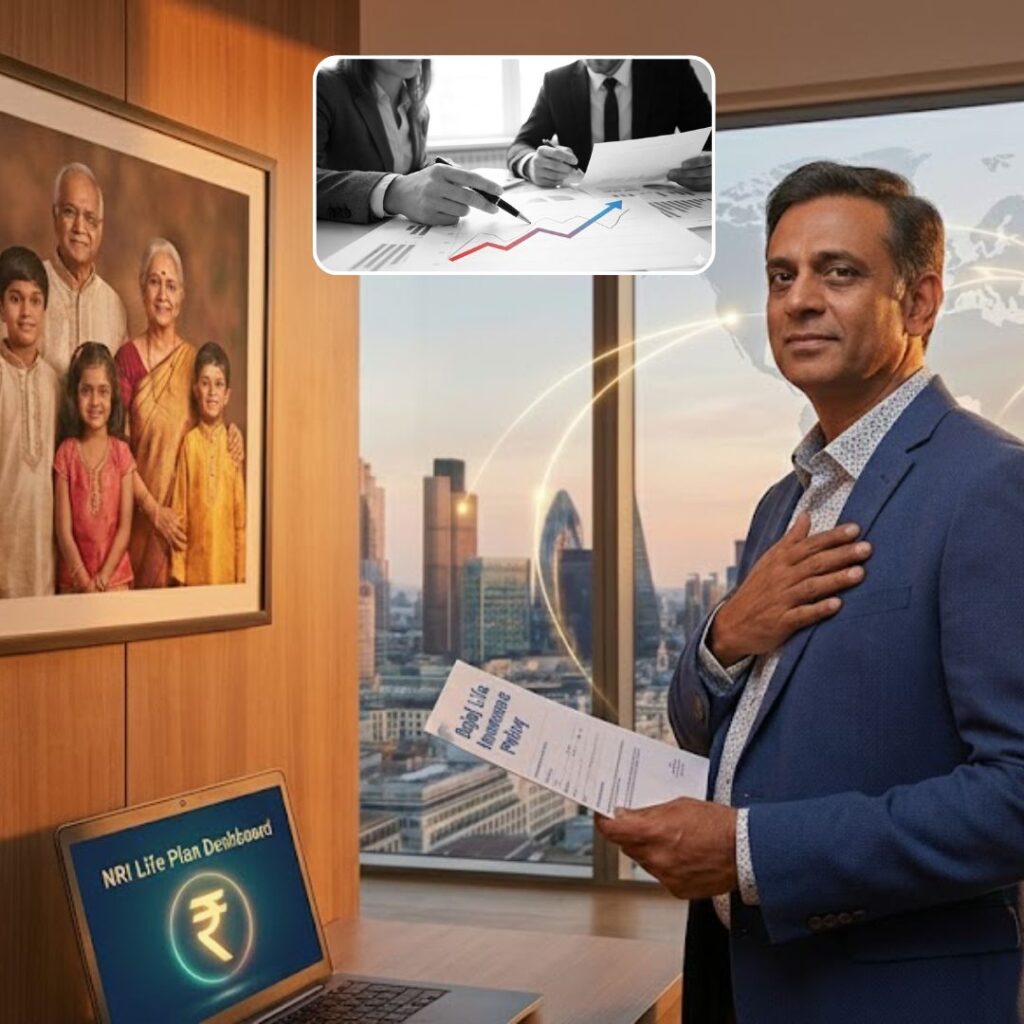The United States has recently escalated its trade tensions with India by announcing an additional 25 per cent tariff on Indian imports, doubling the previous 25 per cent duty to a steep 50 per cent for goods entering the US from August 27, 2025. This move is part of a broader US strategy to exert economic pressure linked to India’s continued import of discounted Russian crude oil, which Washington argues is indirectly supporting Russia’s war effort in Ukraine.
Indian officials have condemned the tariff hike as unfair and harmful to bilateral trade relations but have vowed resilience. This development marks a significant challenge for India’s exporters, particularly small businesses and key sectors dependent on the US market.
Details of the Tariff Increase and Its Reasons
The Department of Homeland Security released a draft order detailing that the additional 25 per cent tariff will be imposed on Indian products entering or withdrawn from warehouses in the US starting 12:01 am EST on August 27. This new tariff increases the overall US tariff on Indian goods to 50 per cent, making it among the highest duties imposed by the US on any trading partner. The order is part of President Donald Trump’s Executive Order 14329, targeting countries trading with Russia to counter what the US describes as threats linked to Russia’s ongoing conflict with Ukraine.
US officials have framed the tariff as a necessary measure to protect American industries and to use economic leverage for encouraging peace negotiations between Russia and Ukraine. President Trump has repeatedly highlighted that these tariffs will generate billions of dollars in revenues for US coffers. However, the tariffs cover a broad range of sectors, including textiles, chemicals, seafood, apparel, jewelry, and industrial goods, pressing Indian exporters hard with substantial additional costs.
Impact on Indian Exports and India’s Response
The timing and scale of the tariff increase are particularly challenging for India, for whom the US is the largest export destination, accounting for nearly 20 per cent of total merchandise exports—valued at around US$86.5 billion in 2024. It is estimated that about US$48.2 billion worth of Indian exports are now subject to these steep tariffs, disrupting supply chains and raising landed costs for US consumers and businesses.
Key sectors such as shrimp exports, which previously held nearly 10 per cent of the US market, and apparel industries, which have already lost orders to competing nations like Vietnam and Bangladesh, face significant threats. Other sectors affected include gems and jewellery, organic chemicals, base metals, auto parts, and home textiles, all now subject to tariffs exceeding 50 per cent in many cases. Notably, certain sectors like pharmaceuticals, electronics, and petroleum products have been exempted from the additional levies.
India’s Commerce Ministry has described the tariffs as “unfair, unjustified and unreasonable.” Prime Minister Narendra Modi addressed the nation, assuring that despite external pressures, India will continue to empower its farmers, small businesses, and manufacturers. Modi emphasised the government’s commitment to economic resilience and Atmanirbhar Bharat (self-reliance), stating, “No matter how much pressure comes, we will keep increasing our strength to withstand it.” External Affairs Minister S Jaishankar also criticised the move and stressed ongoing diplomatic efforts to resolve the issues.
The Logical Indian’s Perspective
While it is understandable that countries seek to protect their economic interests and national security, imposing punitive tariffs often results in unintended consequences, particularly for small-scale producers, farmers, and consumers who stand to lose the most.
India and the United States share a complex but important relationship as democratic powers and economic partners, and disruptions like these serve as reminders about the importance of dialogue, cooperation, and empathy in resolving conflicts.
In a globalised world, solutions rooted in fairness and sustained diplomacy are more likely to bring lasting peace and prosperity than measures that deepen divides.











